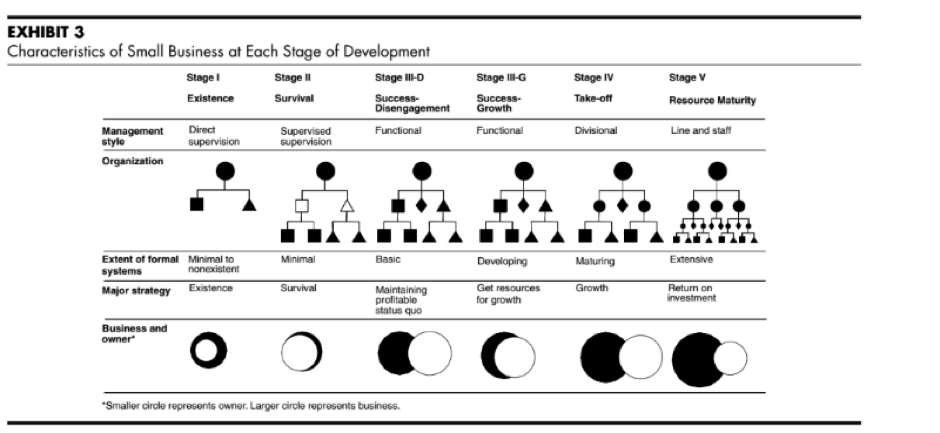SMEs in the establishment stage
- Nia Kurniati Bachtiar
- Nov 30, 2017
- 2 min read

There is no specific limitation of time for a business to accomplish one stage in its growth. This becomes more challenging as globalisation, competition, industry dynamics, and technology development have started to change the industry life cycle, shorten the life of products, and cause rapid shifts in business (Boojihawon, 2017).
The establishment stage is the stage in which a business will encounter goals to survive and set the foundation for future growth (Wiley, 2014). All businesses in this stage will start their business with slow sales. The management of these businesses still try to gain costumers using inexpensive promotions due to the limited capital provided. It is a common for newer businesses to deal with less profit or even loss in the first years of business operation.
Lobel (2017) explained that newer businesses in all industries generally encounter the same issues, which are finance, sales strategy, value proposition, managerial, and market-potential issues. When the SMEs do not have a strong strategy to deal with these challenges, SMEs will likely close before they reach the next growth stage.
A study conducted by Churchill and Lewis (1983) showed that a business in the establishment stage is a simple organisation where the owner does everything. There is no formal and system planning within the organisation, and the only aim of this business stage is simply to survive, especially for the newer businesses in the hospitality industry, such as restaurants, cafés, and street-food vendors that have not stabilised their production and food quality yet. The characteristics of small businesses and newer businesses can be seen in the figure below.

Figure 1. Characteristics of small businesses (Churchill & Lewis, 1983).
As seen in the figure above, businesses have completely different approaches than other business stages. As mentioned, the organisational hierarchy of this business type is very simple, and there is no formal system established within the organisation.
References:
Churchill, N. & Lewis, V., 1983. The Five Stages of Small Business Growth. [Online] Available at: https://hbr.org/1983/05/the-five-stages-of-small-business-growth [Accessed 15 July 2017].
Wiley, 2014. Business Growth and Decline. In: Nature of business. s.l.:Wiley, pp. 86-115.
Lobel, B., 2017. Small Business. [Online] Available at: http://smallbusiness.co.uk/making-transition-corporate-world-sme-2536289/ [Accessed 18 June 2017].






Comments